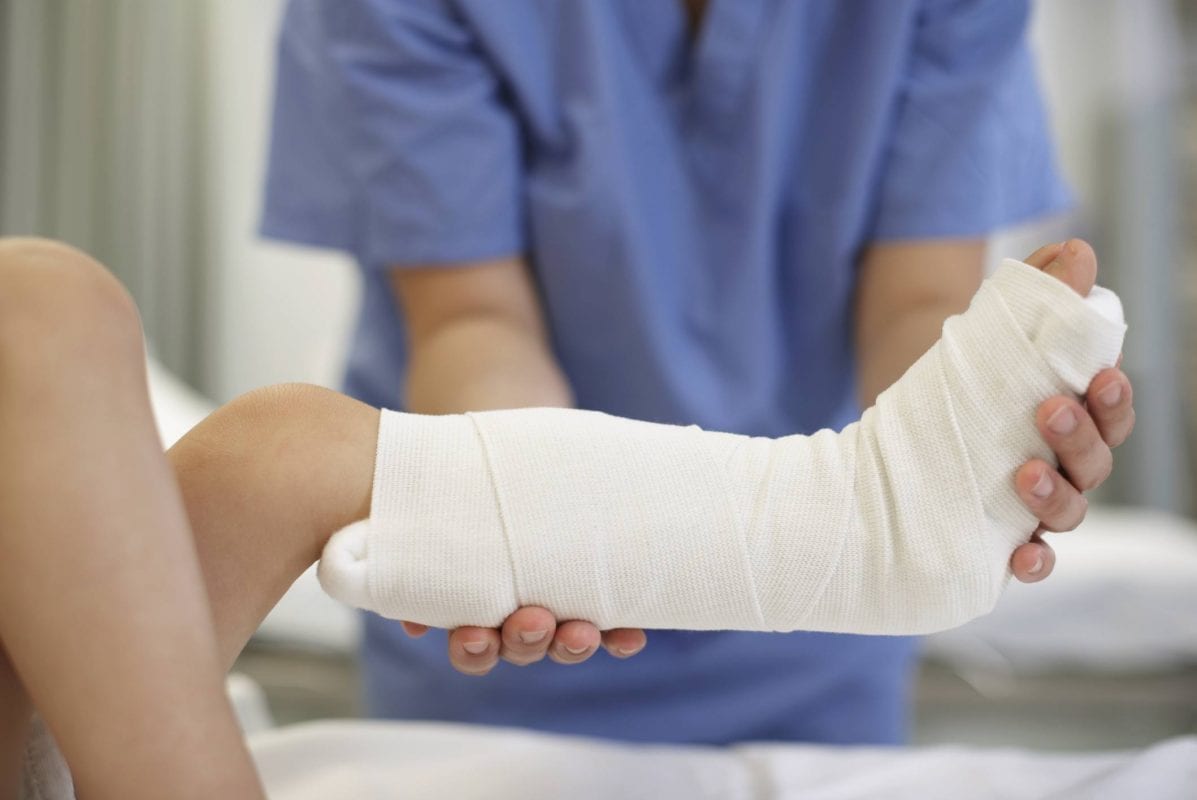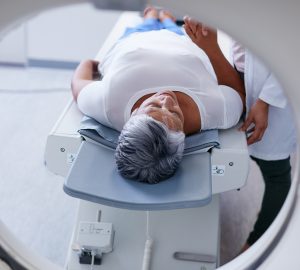When bones break, the journey toward recovery begins, and fracture care becomes paramount. A fracture, simply put, is a broken bone—a common injury that can affect any part of the body. Whether prompted by a sudden impact, a fall, or an unfortunate accident, fractures are equal-opportunity afflictions, capable of affecting individuals of all ages. However, the vulnerability of young children and senior citizens to fractures is accentuated by the unique characteristics of their bones—be it underdeveloped structures in the young or brittle composition in the elderly. In this article, we embark on an exploration of fracture care, uncovering the essentials of treatment, recovery, and the steps individuals can take to facilitate healing and restore strength.
If you suspect that someone is suffering from a fracture, it’s imperative that you get them medical treatment as soon as possible. You can drive them directly to the emergency room of your nearest hospital, or dial the Triple Zero emergency number. Medical attention is important in ensuring that the fracture heals correctly and with zero complications.
That said, there are certain first aid measures you can perform in the event of a fracture to alleviate the symptoms and prevent it from getting worse before proper medical attention can be administered. This is a scenario where learning first aid proves crucial. Thankfully, you don’t have to look far for first aid training, as there are many accredited training centres all over Australia. Whether you’re looking for first aid training in Brisbane, Blacktown, or Perth, you’re bound to easily find one that’s closest to you and fits your schedule.
Tell-Tale Signs of a Fracture Injury
The main issue with fractures is that the damage is internal, so it might not be obvious right away that someone has suffered a fracture injury. While an older child or adult can easily tell you if they have indeed suffered a broken bone, the same cannot be said when it comes to very young children, or those that have been rendered unconscious and unable to respond. Here are some tell-tale signs that could point towards a fracture injury:
- The injury site is painful or tender, eliciting pain even with the slightest pressure or movement
- The injury site is swelling or has a lot of redness
- Bone is poking through the injury site, piercing the skin in a wound or laceration that is also bleeding profusely
- The injury site or joint involved appears deformed
- The individual is unwilling or unable to move the limb or body part associated with the injury site
- The extremities involved with the injury site, such as toes or fingers, are numb or bluish at the tips
If one or more of these signs are obviously visible, then you can move on to administering the first aid steps while waiting for emergency services or a doctor to arrive.
First Aid for Fracture Injuries
- Staunch all bleeding. If the individual is bleeding from anywhere, including the injury site, make sure to prioritize stopping the bleeding and preventing further blood loss before begining fracture care. Do this by pressing down on the wound with a clean piece of cloth, such as a bandage or linen. If there isn’t any around, a clean shirt will do fine.
- Immobilize the injured limb or site. Despite what you see in the movies or in television, trying to re-align a broken bone or joint is not as easy as it looks. If you attempt this without prior training or experience, or if the fracture injury is bad enough that it’s poking through the flesh in a gross laceration, you may end up making things worse. Splint the area instead to immobilize the limb and prevent it from being moved or jostled.
- Keep the individual still. Even after you’ve applied the splint on the individual’s injured limb or joint, you should always suspect that there are other major fractures that aren’t manifesting their symptoms quite yet, such as fractures on the spine, the skull, ribs, pelvis, or upper legs.
- Give the patient pain relief. If the injured individual is conscious and able to swallow, give them pain relief medicine such as paracetamol or ibuprofen to deal with the pain. Also, applying an ice pack to the area for 10 minutes at a time can help in this regard.
- Treat for shock. Get the individual into a comfortable position. Distract them from their injury by reassuring them and encouraging them to take it easy. Keeping them warm will also prevent the symptoms of shock from setting in.
- Ensure that emergency services or a medical professional is on their way. Finally, make sure to check up on the emergency services or doctor that you’ve called. It is possible that they might get lost in your area, and this could delay treatment.
What to Expect and Do after Receiving Fracture Injury Treatment
Depending on the extent of the fracture injury, medical treatment may involve placing the limb or body part in a cast, or it may be subjected to extensive surgery or internal nailing—using metal rods or nails to keep the broken bones aligned. Directly after this treatment, the site of the fracture injury should be handled carefully, in order to encourage the healing process and prevent further injuries. Here are some self-care tips for bone fracture care:
- Avoid subjecting the cast to direct heat before it has set and hardened correctly.
- Rest the broken limb or body part as much as possible. Do not put weight on it.
- Use crutches or wheelchair to get around whenever needed. Don’t be afraid to ask for help.
- Avoid driving, lifting, or any type of exercise until the fracture is completely healed.
- Don’t let the cast get wet, as this may soften it and prevent it from providing adequate support.
- Go to the ER or doctor immediately if you feel increased pain, numbness, swelling, or loss of movement from your injured limb.
Fracture Injuries Require Prompt First Aid to Avoid Long-Term Complications
Don’t underestimate fracture injuries or try to walk them off, especially if you suspect that a major bone or joint is involved. Without the proper care and treatment that such an injury demands, the broken bone may not heal correctly, resulting in an impairment or complication that could reduce the individual’s quality of life.









